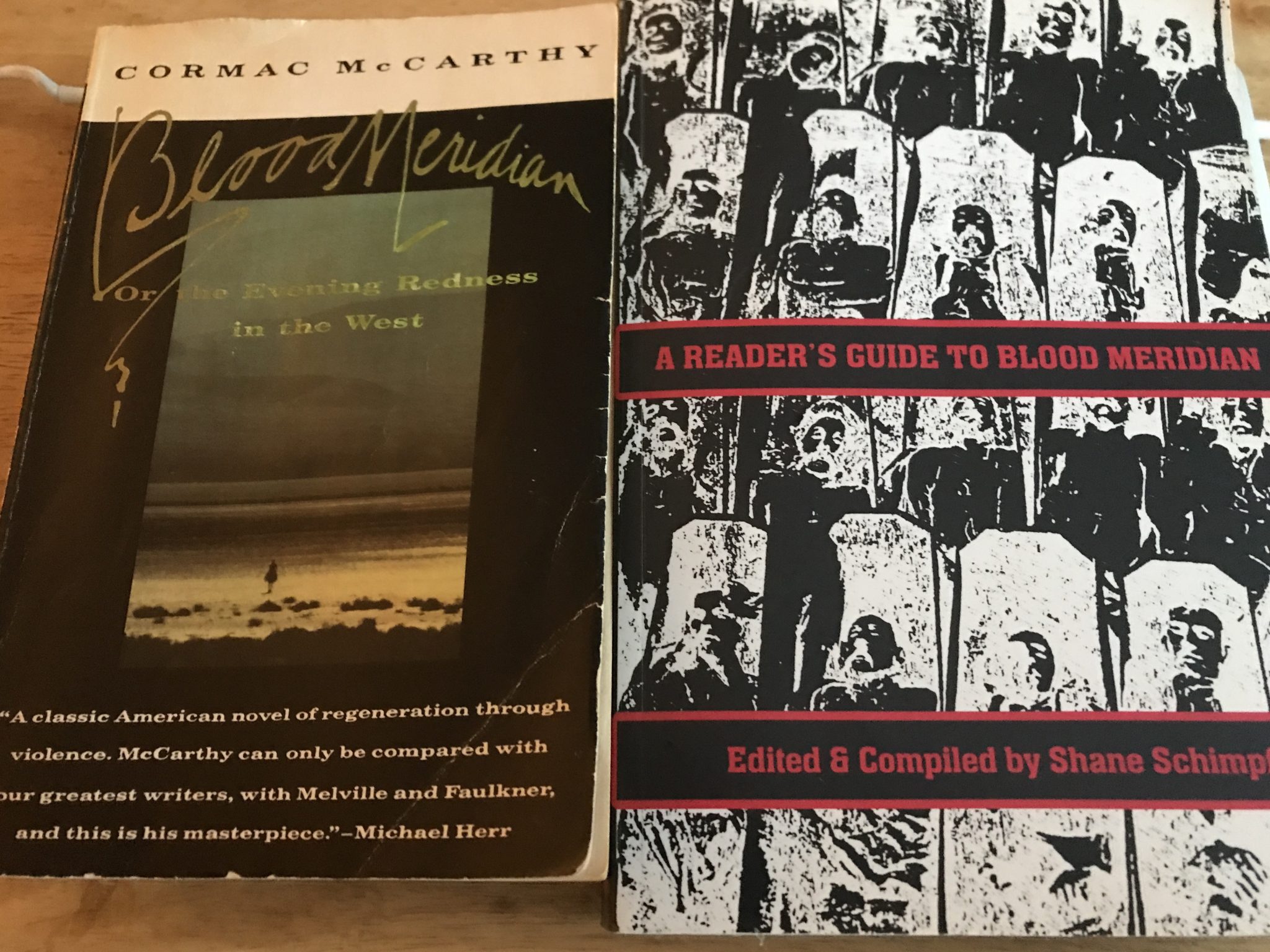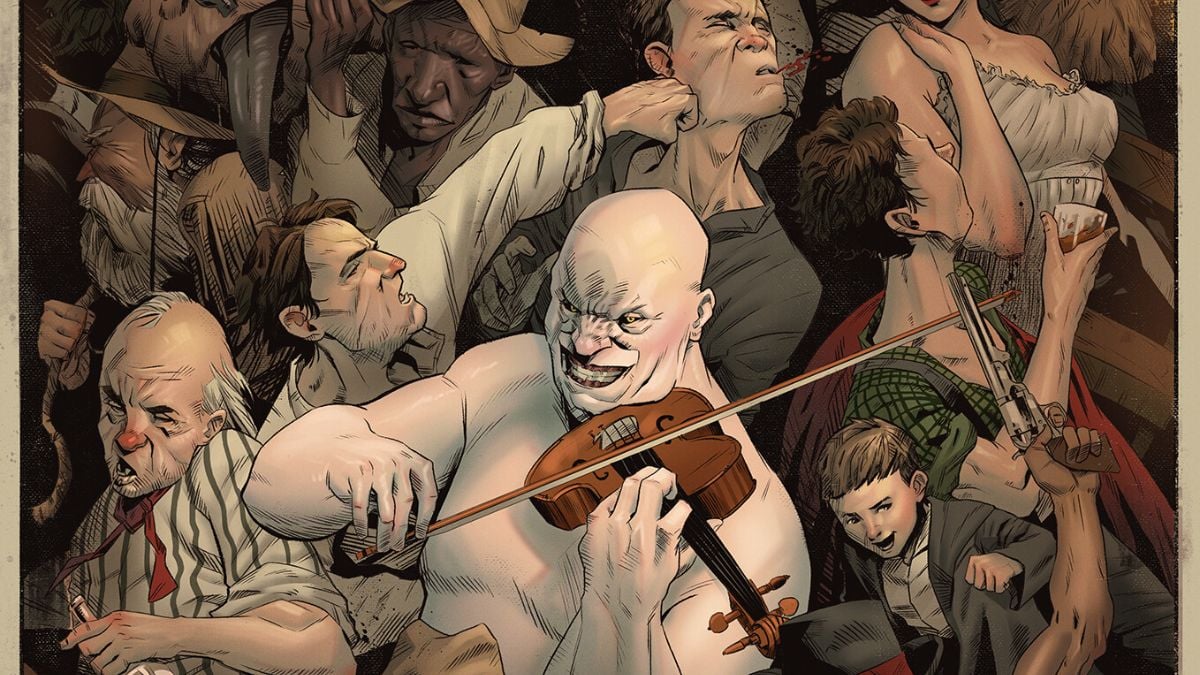Blood meridian chapter summary – Embark on a journey into the enigmatic world of Cormac McCarthy’s Blood Meridian with our comprehensive chapter summary. This in-depth analysis delves into the intricate tapestry of characters, events, and themes that define each chapter, providing a deeper understanding of McCarthy’s literary masterpiece.
As we navigate through the chapters, we’ll explore the motivations and conflicts that drive the characters, unravel the significance of recurring symbols, and examine the historical and cultural context that shapes the narrative. Join us as we delve into the depths of Blood Meridian, unlocking its hidden meanings and gaining a profound appreciation for its literary brilliance.
Chapter Overview

Chapter 5 of “Blood Meridian” depicts the aftermath of the Glanton gang’s attack on the Yuma Indians. The chapter follows the gang as they navigate the unforgiving landscape of the Sonoran Desert, encountering both physical and psychological challenges.
This chapter is significant within the novel as it explores the themes of violence, morality, and the search for meaning in a desolate and unforgiving world.
Physical and Psychological Challenges
The gang faces numerous physical challenges in the desert, including extreme heat, lack of water, and treacherous terrain. These conditions test their endurance and resilience, leading to dehydration, hallucinations, and madness.
In addition to the physical hardships, the gang also experiences psychological distress. The horrors they have witnessed and the constant threat of violence take a toll on their minds, leading to paranoia, insomnia, and a sense of hopelessness.
Character Analysis: Blood Meridian Chapter Summary

The characters in Blood Meridian are complex and multifaceted, driven by their own motivations and desires. Their interactions shape the plot and highlight the themes of violence, redemption, and the nature of good and evil.
One of the central characters is the Kid, a young man who joins the Glanton gang. The Kid is a complex character, capable of both great violence and compassion. He is drawn to the gang’s violence, but he also struggles with the moral implications of his actions.
The Judge
- A mysterious and enigmatic figure who serves as the gang’s spiritual guide.
- He is a master of rhetoric and manipulation, and he uses his powers to sway the gang to his will.
- The Judge is a symbol of the forces of chaos and destruction that drive the gang forward.
Glanton, Blood meridian chapter summary
- The leader of the gang, Glanton is a ruthless and ambitious man.
- He is driven by a desire for power and wealth, and he will stop at nothing to achieve his goals.
- Glanton is a symbol of the destructive forces that are unleashed during the Indian Wars.
Holden
- A scout and tracker who joins the gang.
- He is a skilled hunter and a loyal friend, but he is also haunted by the horrors he has witnessed.
- Holden is a symbol of the innocent who are caught up in the violence of the Indian Wars.
Plot Summary

The chapter begins with the gang witnessing the gruesome murder of a young Comanche boy by a group of Apache warriors. The boy’s death sets the tone for the chapter’s exploration of violence and its impact on the characters.
The gang continues their journey through the desolate landscape, encountering a series of unsettling encounters. They come across a group of Mexican scalp hunters, who they kill in a bloody ambush. Later, they witness a group of Indians burning a captive alive.
Pacing and Structure
The chapter’s pacing is deliberate and methodical, reflecting the harsh and unforgiving nature of the setting. The episodic structure of the chapter, with its series of violent encounters, builds a sense of tension and unease.
Historical and Cultural Context

The chapter is set during the mid-1800s in the American West, a time of significant westward expansion and conflict between Native American tribes and European settlers. This era was characterized by violence, displacement, and the clash of cultures.
The chapter reflects the social and cultural issues of the time, including the dehumanization of Native Americans, the glorification of violence, and the struggle for survival in a harsh and unforgiving environment.
Manifest Destiny and the Indian Wars
- The chapter takes place against the backdrop of the Manifest Destiny ideology, which justified the expansion of the United States across the North American continent, often at the expense of Native American tribes.
- The chapter depicts the brutal conflict between the United States Army and the Apache, a Native American tribe that fiercely resisted American encroachment on their lands.
Violence and Barbarism
- The chapter is replete with graphic violence, reflecting the harsh realities of frontier life and the brutality of warfare between different cultures.
- The characters are often driven by a thirst for revenge and a willingness to commit unspeakable acts of cruelty, highlighting the dehumanizing effects of violence.
The Struggle for Survival
- The chapter portrays the challenges of survival in a hostile and unforgiving environment, where resources are scarce and the threat of death is ever-present.
- The characters must adapt to the harsh conditions and navigate the dangers of the wilderness, testing their limits and revealing their inner strengths and weaknesses.
Ending Remarks

In conclusion, Blood Meridian’s chapters are a testament to McCarthy’s extraordinary storytelling prowess. Through a masterful blend of vivid imagery, haunting characters, and thought-provoking themes, each chapter contributes to the novel’s overall impact, leaving a lasting impression on the reader’s mind. By delving into these summaries, we gain a deeper understanding of the novel’s complexity and the enduring power of McCarthy’s literary vision.
FAQ Summary
What is the significance of the opening chapter in Blood Meridian?
The opening chapter establishes the novel’s setting, introduces the protagonist, and sets the tone for the rest of the narrative. It immerses the reader in the harsh and unforgiving landscape of the American West and introduces the enigmatic figure of the Kid, whose journey will shape the course of the novel.
How does McCarthy use symbolism in Chapter 4?
In Chapter 4, McCarthy employs the recurring symbol of the tree to represent both life and death. The tree is a source of sustenance for the travelers but also becomes a site of violence and tragedy. This duality reflects the novel’s exploration of the human capacity for both good and evil.
What is the role of Judge Holden in Chapter 10?
In Chapter 10, Judge Holden emerges as a central figure, delivering a lengthy monologue that reveals his nihilistic philosophy and his fascination with violence. This monologue serves as a pivotal moment in the novel, challenging the reader’s assumptions about morality and the nature of human existence.





